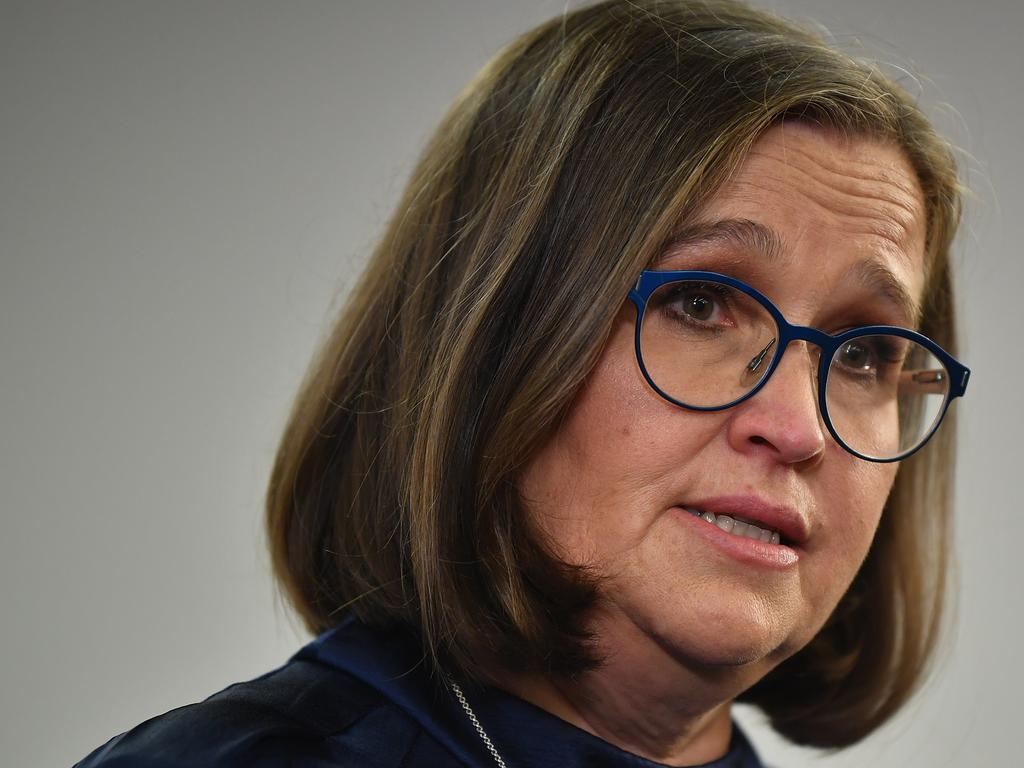Mining industry shows a path for parliament in fighting sexual harassment

Out in the real world, most workplaces have been on ice due to lockdowns. Mining, however, has continued as an essential service. Comparisons with Canberra are instructive.
Like Canberra, mining requires fly-in, fly-out workers. People are young and single, or away from their families and support structures. The proportion of women working is low. There is alcohol and people are under pressure, often in high-risk situations involving long hours.
This year mining in Australia has been rocked by at least five allegations of sexual assault on women. A survey by the Western Mineworkers Alliance found the majority of women on mine sites in WA had experienced sexual harassment (compared with one in three parliamentary staffers).
A West Australian inquiry has put the blow torch on the three big miners, BHP, Rio Tinto and Fortescue. Two recommendations Kate Jenkins makes have been taken on board as a priority for the mining sector.
The first is to limit the amount of alcohol available in the workplace. That should be bleeding obvious.
The second is about bringing women into positions of authority. This is far harder.
Women have emerged in the very top ranks of miners, just as they have in Scott Morrison’s cabinet. Meg O’Neill runs Woodside, her former CFO Sherry Duhe has just moved to goldminer Newcrest; Elizabeth Gaines is CEO at Fortescue, Kellie Parker runs Rio Tinto Australia, Geraldine Slattery has been running BHP Petroleum. There is Amanda Lacaze at rare earths miner Lynas and Jean Johns at Incitec Pivot.
That’s a lot of extraordinary women running some of the biggest companies in the country and there is more talk of the issue at board level as a result. Yet all of them know that bringing more women through the ranks is an ongoing and multidimensional challenge.
In WA, just 20 per cent of workforce participation in mining is female, although BHP now boasts 50 per cent. The issue is career progression. FIFO is brutal on families and Australia is still at the experimental stage with equal parenting.
FIFO aside, corporate Australia is ahead of Canberra on workplace behaviour.
What is has done extremely well, argues the BCA’s Jennifer Westacott, is to have dedicated HR departments, employee inductions, clear accountability, warnings, whistleblowing processes, and clear reporting lines to escalate complaints. There are codes of conduct, and boards do look at the data.
Again, it would seem obvious to most Australians that more women in positions of accountability would reduce the risk of any cultural slide on what is and is not acceptable behaviour. It is that slide that lowers the bar and increases the risk of the most serious incidents of assault and abuse.
Setting the tone from the top is critical, says Westacott. “Respect at work is not about just not doing the worst.”
She calls out today’s tone in parliament. “People see people getting ahead because they have got somebody or humiliated somebody in question time. The emphasis on taking down your opponent, getting a scalp. Yelling and swearing – for the boards that we represent, if someone did that they just wouldn’t be there, I can tell you.”




The Jenkins report into workplace bullying and sexual harassment in the Ivory Tower of Canberra must be a watershed that lifts the bar.